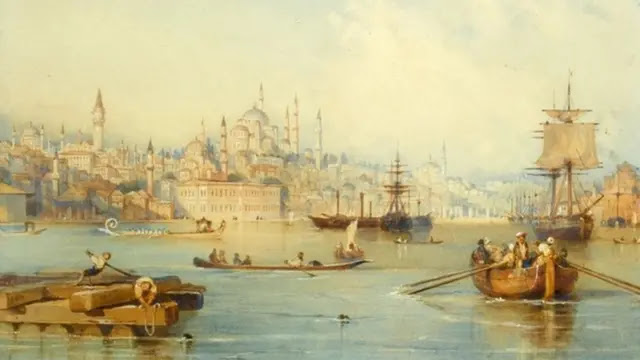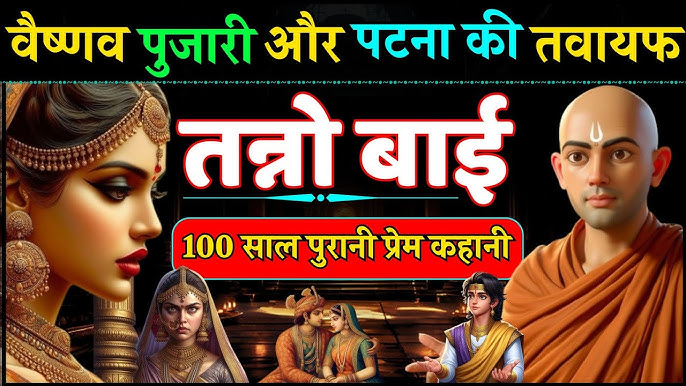at a distance of 28 Km by road northeast of city Pune, on the left (north) bank of river Bhima. In this village Koregaon Bhima:
200 years ago on 1st January 1818 a fierce battle was fought between the British
East India Company and the Maratha ruler Peshwa Baji Rao II led an army of 28,000 soldiers. According to British records, about 500 to 600 Maratha
soldiers were killed or injured in this Bhima
Koregaon battle. On the other hand, about 275 British soldiers were killed
and wounded.Mahars
 |
| Bhima Koregaon Battle-Credit Sources |
is that about 500 Mahar soldiers were under the British East India Company. Mahars,
at that point were considered an Untouchable community, and were not recruited
in the army by the Peshwas. While the
soldiers included in British Forces were Arabs, Gosains and Marathas (the
caste).
Mahars, though untouchables, had been valued for their military skills for centuries.
They formed a significant portion of Shivaji’s army as well. However, when the
Peshwas took over, the Mahars on account of their low caste status were
ill-treated by the ruling Brahmins of a particularly orthodox bent of mind.
Next time, the Mahars regained their former status of military glory was when
the British employed a number of them in their military units.
 |
| Anglo Maratha War–Credit Wikipedia |
–Koregaon Battle
Battle of Bhima Koregaon was fought
over a revenue-sharing dispute between
the British and the Maratha ruler, Peshwa
Baji Rao II. He
was the last Peshwa of the Maratha Empire. Peshwa
Baji Rao II was
installed as a puppet ruler by the Maratha nobles (Scindia of Gwalior,
the Holkar of Indore, the Gaekwad of Baroda,
and the Bhosle of Nagpur).
The British had subjugated and signed peace
treaties with these factions, establishing Residencies at their
capitals. The British intervened in a revenue-sharing dispute between the
Peshwa and Gaekwad, and on 13 June 1817, the Company forced Peshwa Baji Rao II to
sign an agreement renouncing claims on Gaekwad revenues and ceding large swaths
of territory to the British.

the Peshawar’s titular over lordship over other Maratha chiefs, thus officially
ending the Maratha confederacy. Soon after this, the Peshwa burnt down the
British Residency at Pune, but was defeated in the Battle of Khadki near Pune on 5 November 1817. The final battle was fought in village Bhima Koregaon, the final defeat.
Peshwa then met with John Malcolm on 2 June 1818, and surrendered his royal
claims in exchange for a pension and a residence in Bithoor.
 |
| Anglo Maratha War–Credit Sources |
at Koregaon-Bhima to honorVictory Memorial the
soldiers — mostly Mahars — who had died in this battle. The obelisk was featured on the Mahar Regiment‘s crest until Indian Independence. While it was built by
the British as a symbol of their own power.
memorial of the Mahars. Dr.B.
Ambedkar visited the site. To commemorate his visit to
the site, now thousands of his followers visit this memorial site every New
Year’s Day.
 |
| Bhima Koregaon-Victory Pillar–credit Sources |
this, as per the Dalits version of the Koregaon-Bhima battle, Mahars approached
Peshwa Bajirao II to let them join his army against the British. Their offer
was turned down. That is when the Mahars approached the British, who welcomed
them into their army.
soldiers defeating the Peshwas. The victory was not just of a battle for the
Mahars, but a win against caste-based discrimination and oppression itself.
materials and Photos on this topic available on net and in Wikipedia.





























